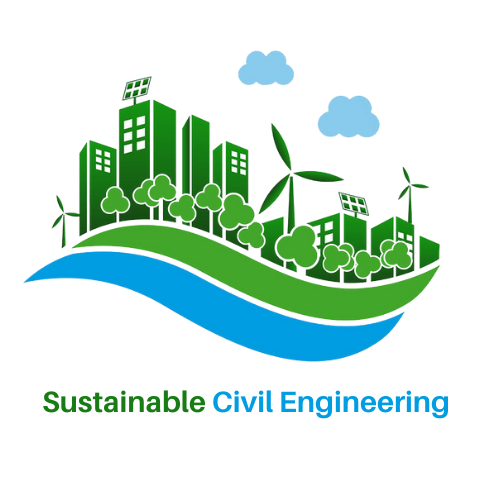The “Greening’ of San Francisco
Although sometimes it feels like “positive” changes occur at a glacial pace, change is still happening all around us for the sake of a ‘greener” environment, such as workshops on reclaiming water at home for garden landscaping, planting trees in the Mission (www.missionverde.com) to turning underutilized public-right-of way properties into parks. Whatever the project is, it is slowly but surely moving us in the right direction. For me, my pet project has been turning as much paved area back into dirt or grass, especially around my neighborhood: Bernal Heights.
My family and I have not owned a car for nine years, though we think we might need to break down and get one since our daughter’s new school is near Fort Mason. Still, the last nine years have made us more resourceful and wealthier by not paying for car insurance, fuel, costly repairs, etc. Still, I know that many people depend on their cars for personal mobility, work, or other reasons, which can make the whole street closure idea unappealing and seem unjust. That said, there are still many things we can do. For me, it has to turn into a game of looking at a street and seeing if we can live without it. And that comes from someone who is a licensed civil engineer with many roadway and infrastructure projects under his belt.
One of our current projects (Ogden Avenue Gardens) is near my home. It is a short section of the street, a parking lot, a dumpsite, and a weed sanctuary. It is not a crucial roadway for commuting or even needed for fire trucks or ambulances. Still, the first time I tried to convert it into a park or garden, I met with resistance from the public agencies. So, I waited a couple of years, and now, with new people on staff, I have gained support for my idea, which entails taking this 50’x140’ eyesore and removing the leftover asphalt, grading and terracing it, and planting a community garden, which can be irrigated through rainwater harvesting. Although I was not the only one to think of this urban conversion, nor even the first, I was the one who luckily got the idea to move with the help of neighbors, one politician, and staff from Greening Projects and SFMTA.
We still have a long process ahead, but here are some tips:
- Next time you are on a walk, locate paved or abandoned areas, which might be better suited as a garden or mini-park.
- Visit Greening Projects to learn about funding, project management, and more.
- Contact your local supervisor. Their support is very strong compared to that of other agencies.
- Get a petition, including the adjacent neighborhoods, requesting the conversion from “paved” to “green,” and submit it to SFMTA.
- If SFMTA tells you the idea looks good, motivate others to help; get a plan going, including preliminary schedule, budget (if possible), and fundraising ideas. You can get some grant money, but you will be expected to pitch in as well as a community.
- Always keep the “after” vision in your head until it becomes real.
Connect with Us on LinkedIn – Sustainable CE
Sustainable Design and Certification
Jorge Romero-Lozano, LEED AP, P.E., PMP
Mr. Romero-Lozano studied civil engineering and construction management in California. He is a registered professional engineer (PE) in California, holds the title of Diplom Ingenieur in Germany, is a certified sustainability professional (LEED AP) from the United States Green Building Council (USGBC), and holds several certifications, such as project management professional (PMP) from the project management institute (PMI). He is highly experienced in project, construction, and facilities management in the automotive, manufacturing, pharmaceutical, infrastructure, and civil engineering industries.
Contact him for advice on creating your community garden or park.

